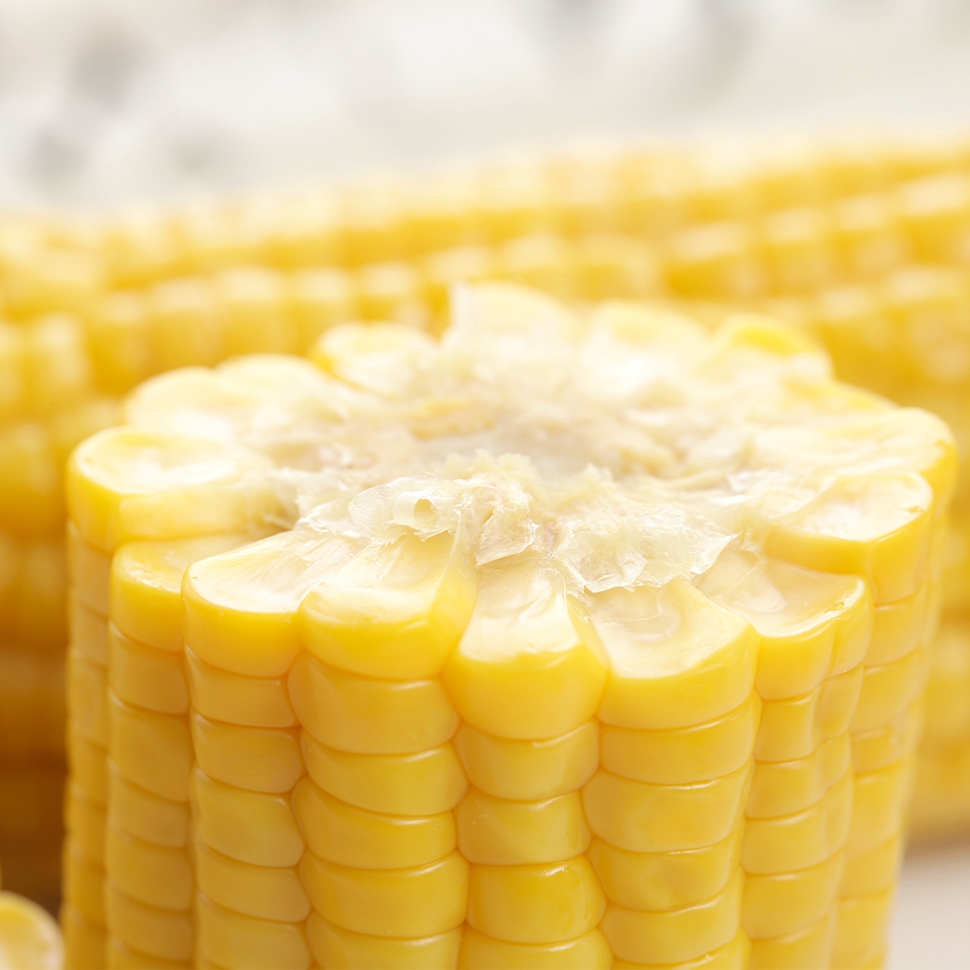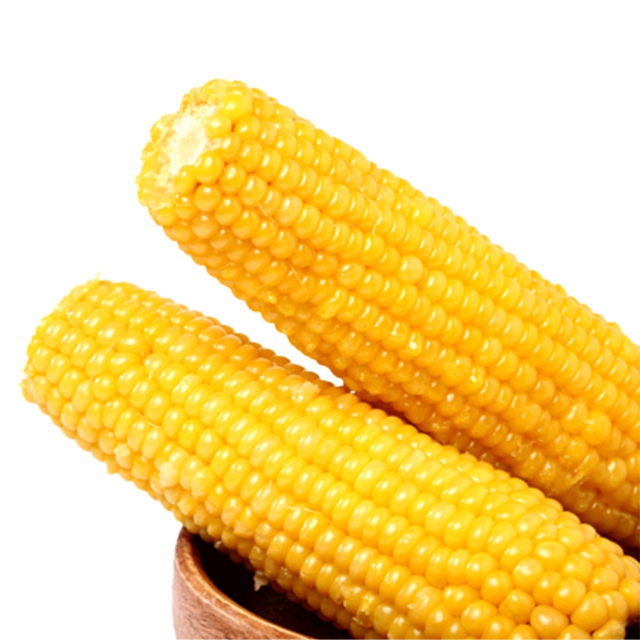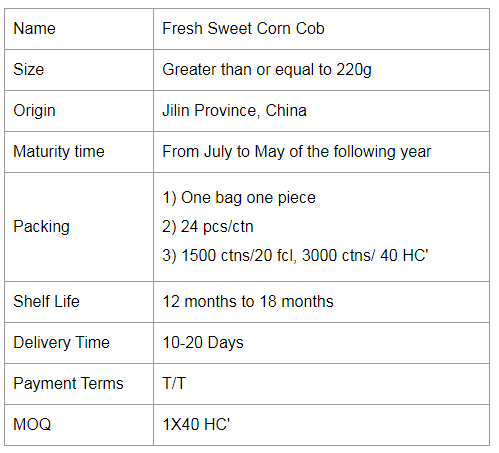SCI journals have high rejection rates, difficult writing, and difficult submissions. What should you pay attention to when publishing articles?
SCI journals have high rejection rates, difficult writing, and difficult submissions. What should you pay attention to when publishing articles?
1. Attractive topics, clear ideas, beautiful pictures
Most reviewers review the manuscript by quickly looking at the title, abstract and diagram, so these three points must be eye-catching.
2. The title should be concise and clear, powerful
The words should be concise and concise, and the words should be accurate and appropriate, and should be considered from multiple angles.
3. Don't flood a lot with the abstract
Don't think that you are arrogant or eager to express your mistakes. For reviewers, those may not be trivial.
4. Can use graphs to represent as much as possible (including various charts)
The picture can be intuitive to let the reviewer see what you want to express, and the text and form can't replace it.
SCI journals generally require images to be in TIFF format and stored as separate files. The JPG format can be converted to TIFF format by file/storage (/pre-main menu item, /after drop-down menu or extended menu item, the same below).
The general requirement is CMYK color. RGB colors can be converted to CMYK colors by image/mode. RGB colors are used on digital devices, and CMYK is a common standard in the printing industry. But now most magazines do not require authors to make this change.
Image size, note that this refers to the physical size of the image (unit is cm × cm, not pixels), used to print layout. Generally only the width is specified. For example, the neurosci lett stipulates that the half width (single column) is 8.3 cm and the full width (double column) is 17.6 cm. It can be modified in the pop-up window by image/image size. Note that the selection unit is cm and the scale is scaled.
Image resolution, directly related to pixel size, is easily confused with the physical size described above. Each publication has specific requirements, and foreign journals have strict requirements. Such as neurosci lett regulations: the line map at least 1000dpi, color photos reached 300dpi, the mixed picture of the two reached 500dpi. Can be modified in the pop-up window by image/image size. The unit selects pixels per inch. In fact, the pixel/inch translates to ppi, and dpi (dot/inch) is the two concepts, the former for digital files and the latter for printing. Here, ppi is used instead of dpi, which is recognized in the submission, so there is no need to entangle the concept.
5. The spelling of the section title must be accurate
In the section, it is not recommended to use a single word, but a phrase or sentence is suggested, and the expression will be clearer.
6. Avoid long passages
The sentences of each paragraph should not be too long. If there is really much content to be expressed, you can use enumerate and itemize appropriately to make the article look simple and clean.
7. The chart should not be blurred.
In the review stage, the chart and the text are generally separated, usually one page at a time, and the figure is enlarged to the size of the A4 paper. This requires the quality of the graph to be high. If it is a vector image, the problem is not big. If it is not, then the resolution must be high. Please zoom in and print it out.
8. References and citations must be standardized
A. Only use the most necessary and up-to-date literature. The selected literature should be selected only for the literature that the author has personally read and directly quoted in the paper, and there is no special need to list well-known textbooks or some old historical materials.
B. Only use published literature. Public publication refers to publication in a publicly-published newspaper or a publicly-published book at home and abroad. Articles published in journals for internal communication and materials used internally, especially those that are not suitable for publication, cannot be cited as references.
C. The citation argument must be accurate and cannot be taken out of context.
D. Adopt a standardized bibliographic format. There are international standards and national standards for the bibliographic references. The authors and journal editors should be proficient and strictly enforced.
E. Bibliographic description method. According to the GB "Reference Rules for Post References", the "sequence coding system" and the "author's publication year system" are adopted. Among them, the sequential coding system is widely used in China's scientific and technological journals, so it is highlighted here.
9. The format of the article should conform to the rules
Generally speaking, double spacing is used throughout, and blank lines are left between paragraphs. The text is distinguished from the reference font.
Single Vacuum Packed Sweet Corn
Corn (Maize) is cultivated throughout China. It is also widely grown in tropical and temperate regions of the world and is an important cereal. With yields of up to 700-900 kg per mu, maize is one of the more productive grains.
Corn is rich in nutrients, with protein, body fat, tapioca starch, vitamin B1, vitamin B2, vitamin B6, vitamin A, vitamin E, carotene, methyl cellulose and calcium, phosphorus and iron. Corn is a good source of vitamin C, which can help boost the immune system and help fight cancer. Compounds found in corn have been shown to reduce the risk of cardiovascular disease. According to research, fresh corn contains 4-5 times more body fat than rice and flour, and contains unsaturated fat, of which 50% are fatty acids, which inhibit the digestion and absorption of cholesterol. It is an excellent medicine for long-term use to reduce blood cholesterol and soften blood vessels, making it an ideal vegetable oil for patients with hypertension, coronary heart disease, obesity and the elderly.
Corn is also a cereal and low-fat food. Researchers have found that a low-fat diet has no significant effect on the risk of several diseases. In past follow-ups, a low-fat diet was found to provide significant and sustainable health benefits.



If you have any questions, you can contact us immediately by leaving a message on the website or by sending an email.
Cream Sweet Corn Cob,Whole Sweet Corn Cob,Cream Sweet Corn,Fried Sweet Corn Cob
Jilin Province Argricultural Sister-in-law Food Co., Ltd. , https://www.nongsaocorns.com